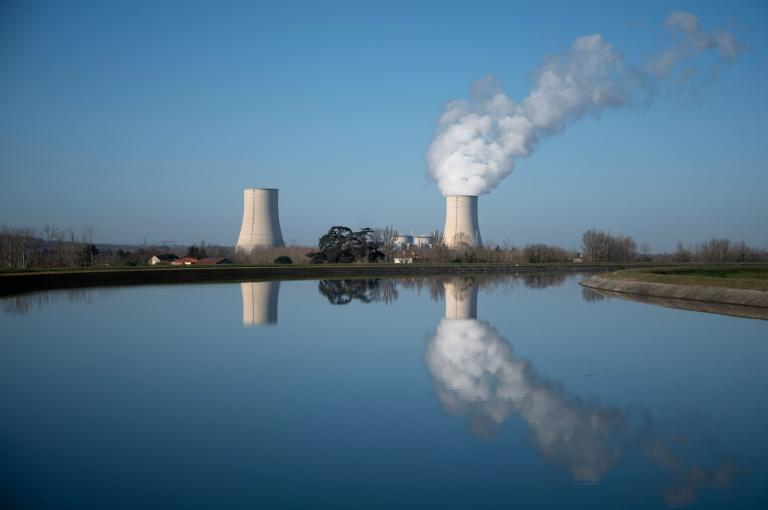Given the uncertainty accruing to traditional investments in today’s economy, here’s a trend to consider: the monetizing of ecosystem services. One of the first public discussions of this, the Biodiversity & Ecosystem Finance Summit taking place in New York this weekend, aims to answer this question: how can financiers and corporations take a lead in biodiversity and ecosystem conservation? (I can think of a few ways, yes.)
Welcome to the developing area of “biodiversity finance,” which seeks to monetize biodiversity and ecosystem assets like wetlands, rainforests, reefs, and so forth so they can then be protected — at a profit. Sounds spooky, right? But there are examples out there already, and not just the conservation-minded hobby ranches à la Ted Turner that we’re seeing all over the Rocky Mountain West. Take this example [PDF] from Virginia, where private equity has bought the last large piece of the Great Dismal Swamp:
Ecosystem Investment Partners is involved with the project and has raised millions in private capital to buy land for conservation and large mitigation projects. They also arrange conservation easements, for which there is a major tax advantage in Virginia and other states (and then there’s the South Carolina Conservation Credit Exchange). Mitigation projects undertaken which are related to the Clean Water Act and the Endangered Species Act receive credits which can be sold to developers who need to do mitigation on a project elsewhere: this is where they make their money, though there could also be some income from sustainable forestry projects on the land. After the project is finished, EIP could possibly sell the land with a conservation easement to an individual. Assuming that person wants to own part of a swamp.
Here’s more from the conference’s backgrounder for the press:
Traditionally most agencies responsible for biodiversity conservation have been in the public or the NGO sectors. However we are now starting to see the entrance of the financial sector and wider corporate world into biodiversity investments. This event will look at the role of biodiversity assets, their value, and case studies of the new financial mechanisms that are developing as they move into the mainstream.
Current funding for protected areas and biodiversity conservation is inadequate; therefore entrepreneurship is required to create new forms of income from conservation. At the same time, the market for ethical and particularly ecologically sustainable investments experiences unprecedented growth.
Biodiversity indicators continue to worsen worldwide and the banking industry lends to an economy that is based on biodiversity so something has to give. As these biodiversity environment and sustainability challenges achieve more clarity solutions are starting to emerge. Private sector banks, corporates, and financial institutions are expanding their dealings in this area; new money is starting to flow and changes to happen.
For banks and investors biodiversity needs to be viewed from both from the risk mitigation angle (reputational and performance exposure) and the opportunity angle. At present there is a bit of a grey area between these two as institutions develop their expertise and the opportunities associated with biodiversity finance are quite niche but expanding. For some corporations biodiversity may not appear important, while for others, it is clearly a strategic issue. The key issues for companies are the relevance via direct or supply chain footprints, companies using genetic resources and the financial services sector. Biodiversity risk can influence a company’s license to operate, its access to natural resources, capital and insurance, markets, and human capital, and lead to new market opportunities.
Lots of interesting nuggets in here, my favorite being that last one, “biodiversity risk.”
I don’t much like the notion of privatizing things like ecosystems, which are more commonly ascribed to the commons, but it’s often an unexpected ally that makes a social benefit like conservation possible.
What’s your take?

